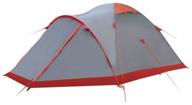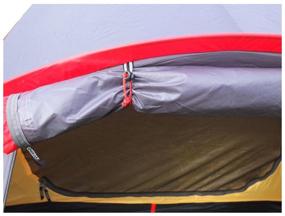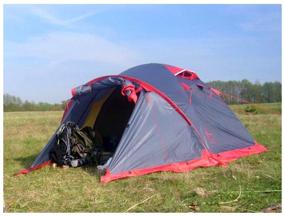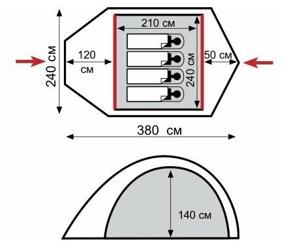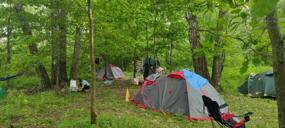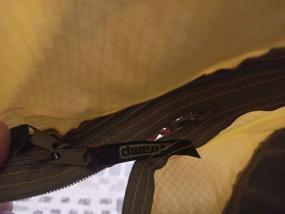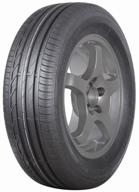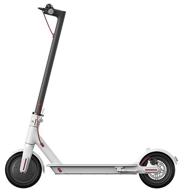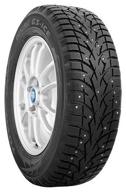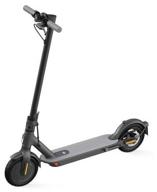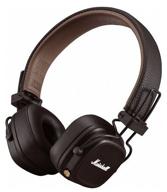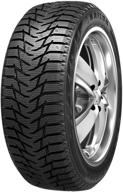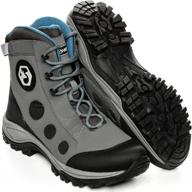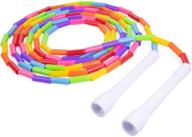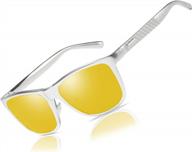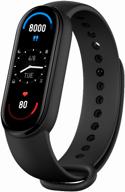- 1) You will not find better moisture protection for an awning and tent at this price. 8000 mm awning on 10000 mm tent bottom is powerful. 2) Aluminum arcs are a fierce plus. Many good tents come with junk like fiberglass. 3) Stretching reflective around the perimeter of the tent 4) Triangular pegs (19 pcs. ) Quite powerful, but for a parking lot with an extensive root system (or stones in the ground) they will not be very suitable - either they will not be able to fully enter, or they will begin to bend. I recommend buying another set of thin aluminum ones. 5) Two entrances 6) Inside the tent pockets across the entire width + mesh under the ceiling 7) Two windows on top for ventilation 8) Mosquito net on both entrances 9) There is a mini-repair kit.
- 1) Often there is a small marriage. In the last similar tent (triple) one of the zippers was not working perfectly, it jammed in one place. There were other little things too. In this one, one of the fabric holders of the zipper pawls was sewn to another zipper (photo attached). I decided to just cut off part of the fabric holder so as not to spoil the seam. A trifle, of course, but unpleasant. 2) If you do not pull the awning well during installation, then the condensed moisture of the awning is transferred to the wall of the tent, from which it is located at a very close distance. In short, it is necessary to delay all the stretch marks in any weather so that there is no contact between the awning and the tent. 3) First put up a tent, then an awning. Disassembly in reverse order. That is, in the rain you can’t just sit under an awning - the awning is attached precisely to the tent. You have to put everything. Depends on the situation. But in the heat, you can only put up a tent and do not need an awning (it will not be so hot). Well, there are pluses and minuses, really.


